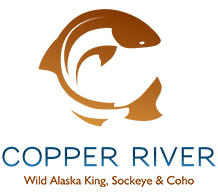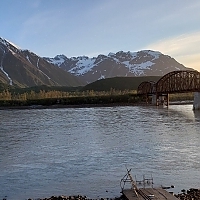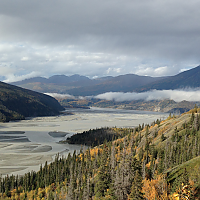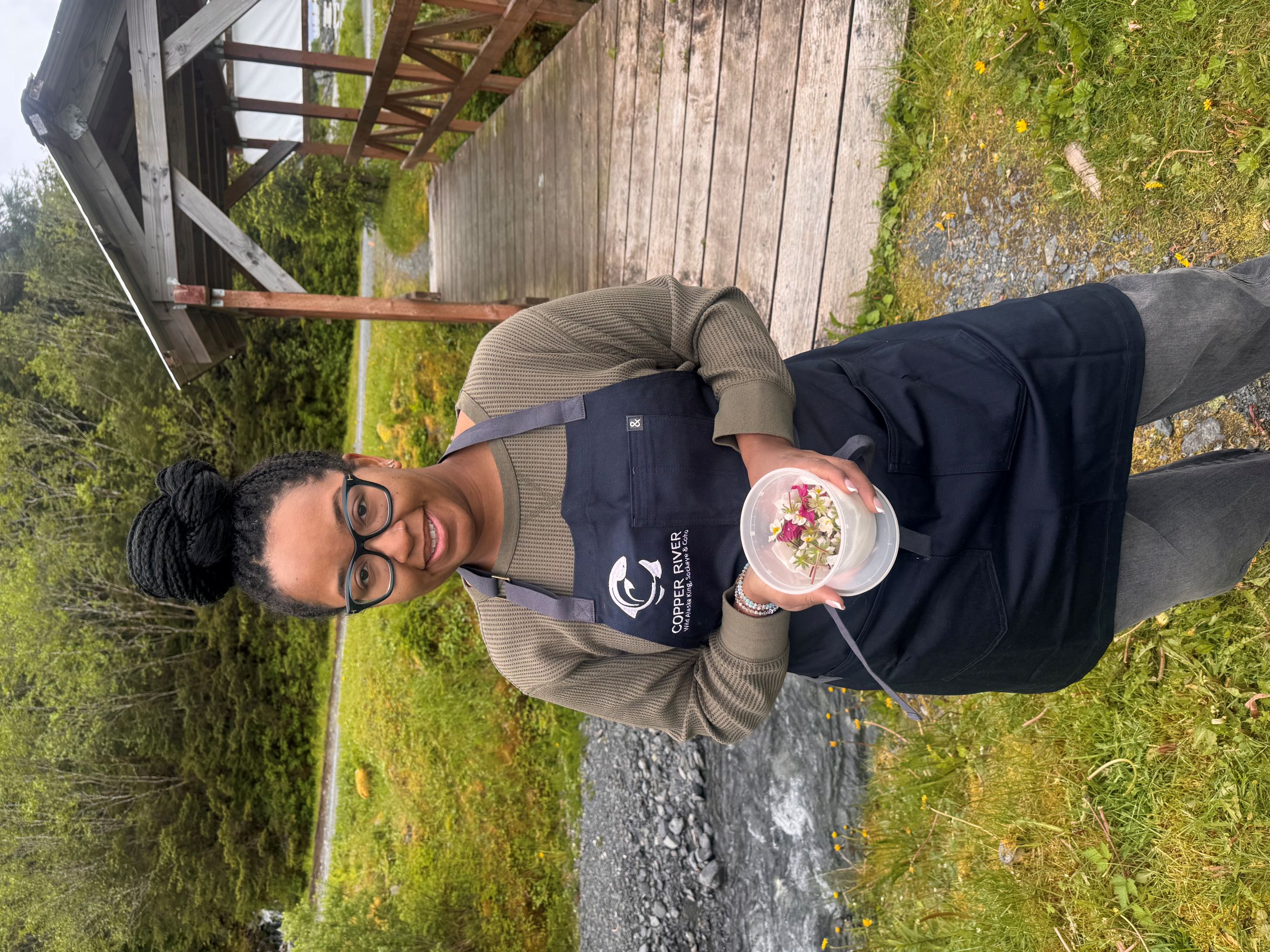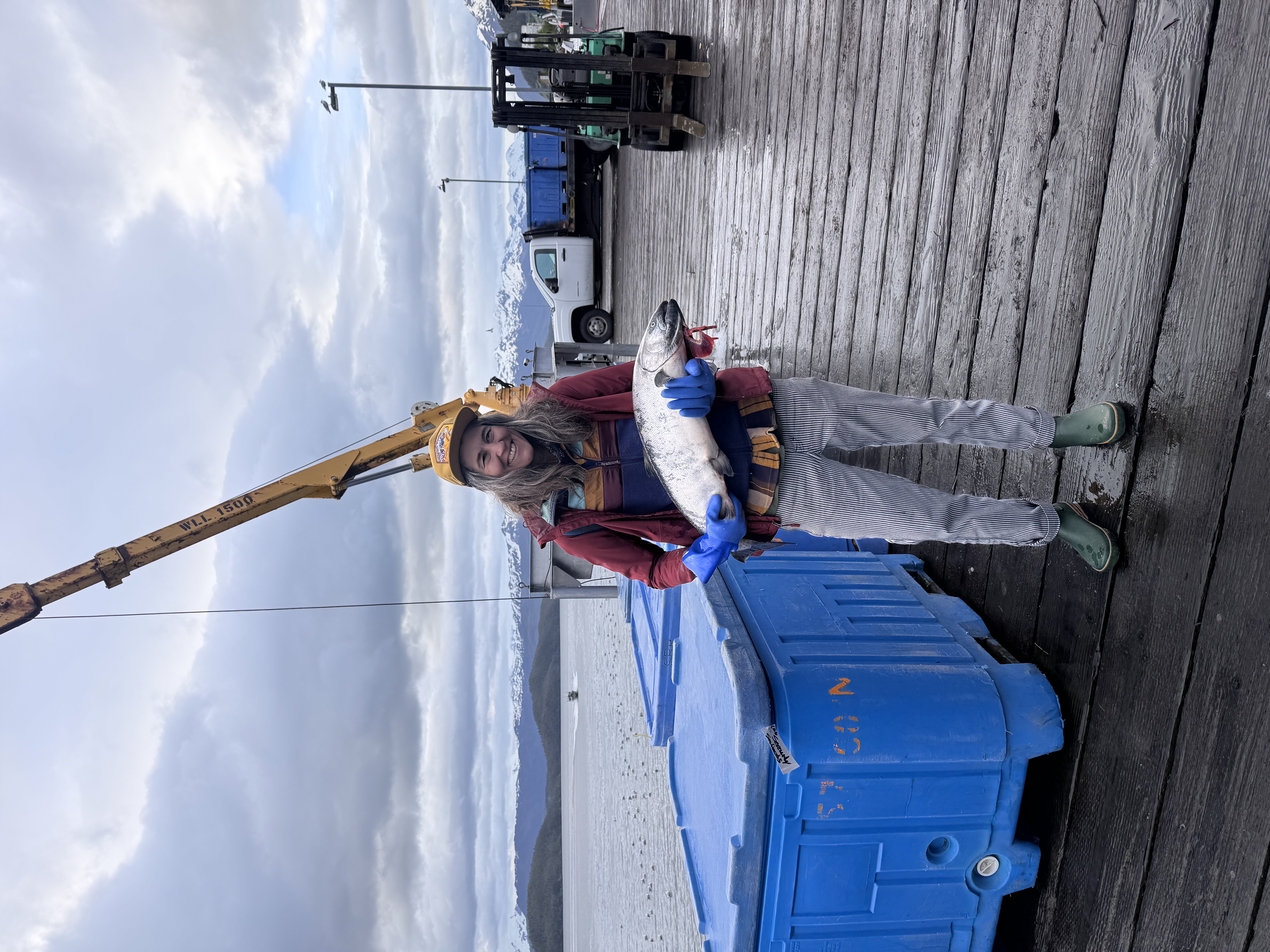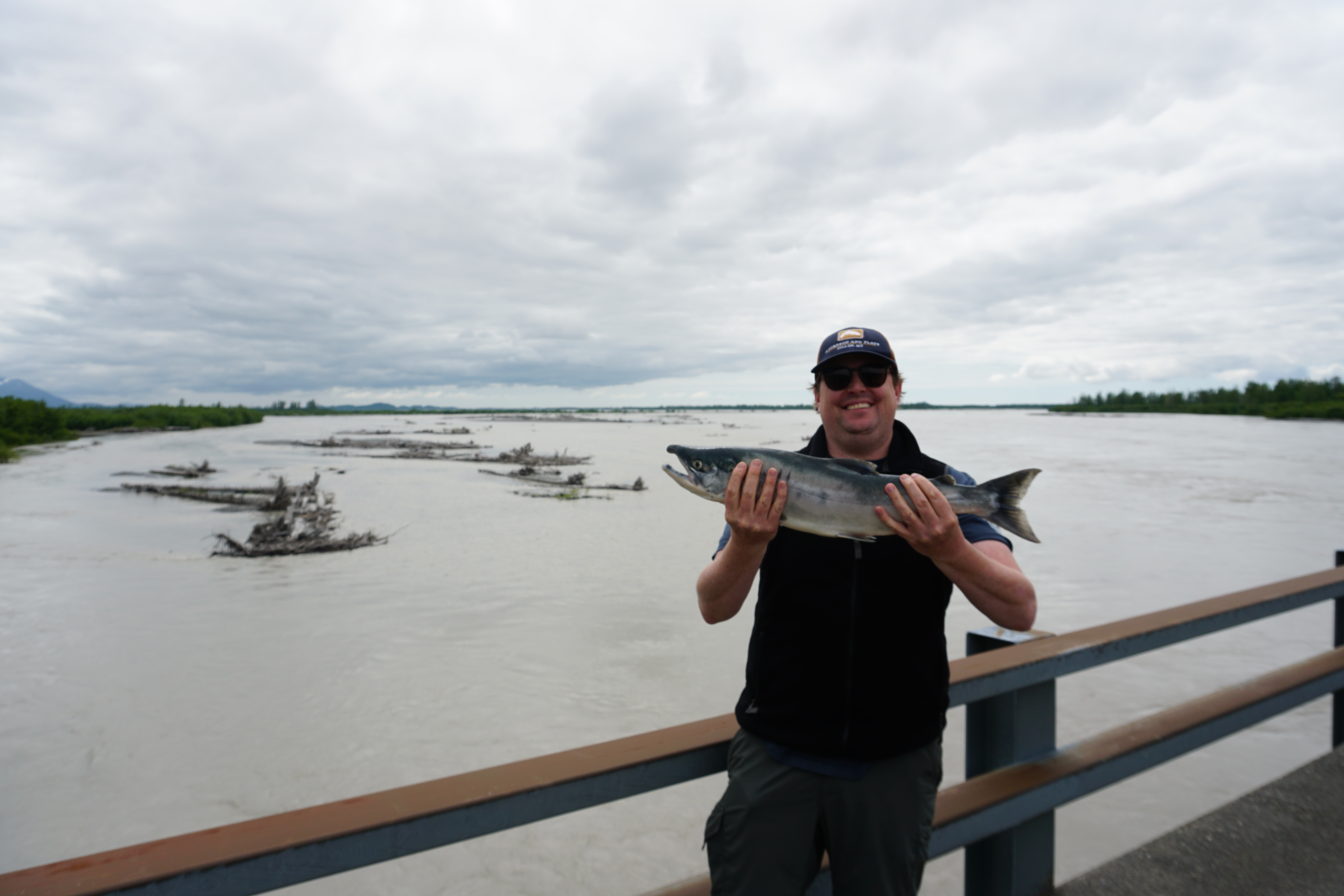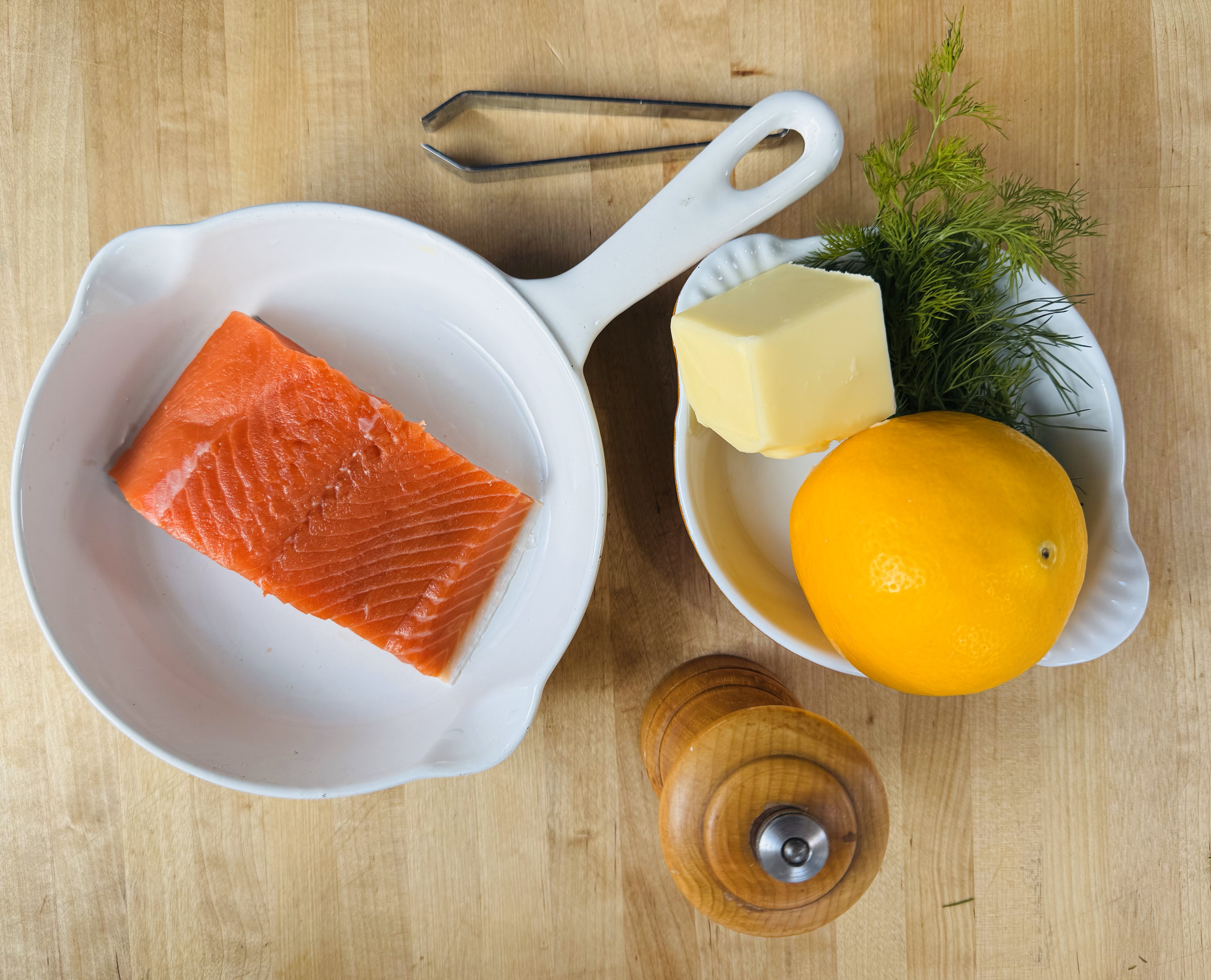By using our website, you agree to the use of cookies as described in our Cookie Policy
Fat Fish: Why Copper River Salmon Fat is So Good For You
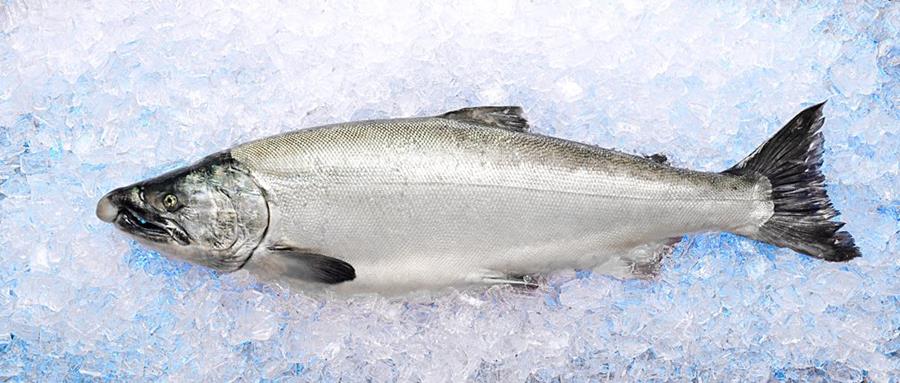
You’ve probably heard of “Omega-3s” and their role in a healthy diet. Maybe you’ve heard that these fatty acids can be found in abundance in some seafood, or that they are heart-healthy. But have you ever wondered what makes this super-lipid SO important in our bodies? In this edition of The Corkline, we’ll talk about the structure of an omega-3 fatty acid, why they are critically important in your body, and where you can find one of the world’s best natural sources.
The chemistry of Omega-3 fatty acids
What’s in a name? Let’s break it down. “Omega” (ω) signifies the last carbon on the chain of the fatty acid. The “3” indicates that the first double bond occurs three carbons from this end (Weisenberger 2014). Clear as mud? The diagram below might help.
.jpg)
Source of omega-3 structure image: http://antisensescienceblog.wordpress.com
There are three common members of the omega-3 family: ALA, EPA and DHA. The differences between these omega-3 fatty acid chains are the number of carbon atoms and the number of double bonds. ALA has 18 carbon atoms and 3 double bonds, EPA has 20 carbon atoms and 5 double bonds, and DHA has 22 carbon atoms and 6 double bonds.
Omega-3 fatty acids are polyunsaturated. Polyunsaturated fats are named because they have more than one double bond within their chemical structure. This differentiates polyunsaturated fats from their cousins, saturated and monounsaturated fats (Weisenberger 2014). Saturated fats have no double bonds (they are “saturated” with hydrogen atoms and thus cannot carry a double bond). Monounsaturated fats have one double bond.
Why is this important?
Your body NEEDS omega-3s! They cannot be synthesized within the human body, and yet are necessary for its function. It’s also notable that while saturated and monounsaturated fats can be used by the body for energy, polyunsaturated fats are the only type of fat that is essential to the body (Holford 2004).
.jpg)
Essential for Your Brain: Omega-3s are a smart fat. Omega-3s are needed to form prostaglandins, which initiate the brain’s self-repair system and are basic structural components of the brain. Indirectly, DHA is a major component of the retina of your eye. People that eat a lot of the DHA form of omega-3 are more likely to be able to see better and therefore learn better (Sears 1999). There have also been studies that suggest omega-3s can reduce symptoms of depression, rheumatoid arthritis, ADHD, and can reduce inflammation (Weisenberger 2014).
Essential for Your Heart: Omega-3s have been shown to improve cardiovascular health in multiple studies. They first attracted the attention of researchers in the 1970s when studying the diet of the Inuit. This study showed that compared with the Danish population, the Inuit suffered from diabetes and heart attack at one-tenth the rate. Their diet rich in seafood provided 10.5g of omega-3s in the form of EPA and DHA daily, which provided the cardio-protective benefit (Weisenberger 2014).
Essential for Your Baby: Research has shown that EPA and DHA are essential for fetal brain and retina development (Weisenberger 2014). We’ll talk about this more in a coming post.
You may have noticed that only EPA and DHA were mentioned above. These are the most important forms of omega-3 for your body. The EPA and especially DHA omega-3s are longer chains of molecules and have more double bonds between atoms than ALA. EPA and DHA can be synthesized in your body from ALA, but the conversion rate is very low (less than 1% converts to DHA) (Weisenberger 2014).
Okay, so why Copper River salmon?
The answers are in two places: the marine food chain, and the incredible life story of Copper River salmon.
Copper River salmon typically spend between 2 and 4 years in the ocean after leaving fresh water. They gain about 99% of their body mass in the ocean eating small invertebrates and fish. These tiny creatures have been eating plankton, an excellent source of ALA omega-3 fatty acid. When they eat plankton, some of the ALA is converted to EPA and DHA within the predators’ bodies. And when those predators are eaten by Copper River salmon, not only do they ingest the existing EPA and DHA, but they also synthesize much of the remaining ALA into DHA (Holford 2004).
All wild salmon follow a close version of this lifecycle, but there is something that makes Copper River salmon shine above even their wild cousins: the Copper River. Copper River salmon must store larger amounts of precious omega-3 fat to swim 300 miles or more to their natal stream to spawn. They need every bit of the energy for their journey, simply to procreate. Not only is the Copper River long, but it is one of the most turbid rivers in Alaska. Hundreds of miles of strong current requires that these salmon be the hardiest of them all, and that means storing up plenty of healthy fat.
It’s worth noting that farmed salmon can’t compare to wild salmon (and especially Copper River salmon) when it comes to omega-3s. Farmed salmon cannot experience their natural life cycle- gathering healthy nutrients throughout years in the ocean- when they are fed processed food and don’t live nearly as long (Sears 1999).
With this knowledge, be confident that you are choosing the best for your family when you buy Copper River Salmon. Ask for it at your local market or seafood counter.
.jpg)
References
Holford, P. 2004. The New Optimum Nutrition Bible. The Crossing Press. Toronto: Berkeley.
Sears, W and M Sears. 1999. The Family Nutrition Book. New York: Little, Brown and Company.
Weinberger, J. The Omega Fats. Today’s Dietician. 2014:16(4):20.
‹ Back
